Sharing with Dan Viet Newspaper reporter, Phoebe Tran revealed trends, how to choose a school and experience winning a scholarship to study in the US in 2025.
Phoebe Tran (Tran Mai Phuong), the female MC of one of the highest quality English teaching and experience exchange programs in Vietnam on VTV - IELTS Face-off, is the director of an American study abroad consulting organization with 10 years of experience in 30 countries.
Sharing with Dan Viet Newspaper, Phoebe Tran revealed the trends, how to choose a school and experience winning a scholarship to study in the US in 2025. According to her, studying in the US is always the top choice of many Vietnamese students thanks to its high-quality education , diverse fields of study, and wide-open job opportunities.
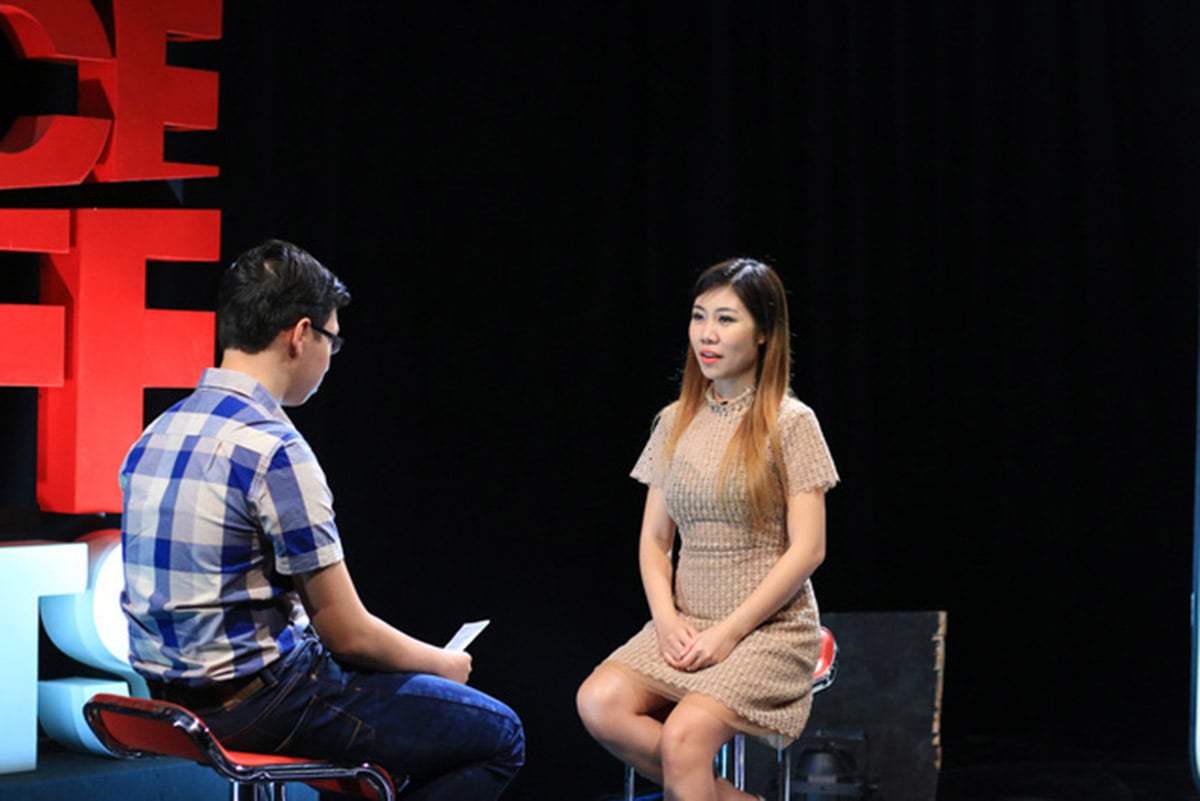
Phoebe Tran knows 4 foreign languages and is the MC of VTV's "hot" English program. Photo: NVCC
US study abroad trends in 2025
The year 2025 is predicted to continue to be a competitive one for admission to US universities. Notable trends include:
Consider a comprehensive profile: Besides the most important factor of academics, schools also value two other factors in candidates: leadership ability, soft skills and personal qualities demonstrated through essays, letters of recommendation, and interviews if any.
Competition for admission to top colleges is getting fiercer: Over the past 10 years, acceptance rates to top US colleges have dropped significantly. For example, Harvard’s acceptance rate fell from 6% in 2014 to 3.4% in 2024. Similarly, Yale’s dropped from 7.1% to 4.5%, and Columbia’s from 7.4% to 3.9%. This reflects increasingly fierce competition, especially for international students.
Studying in the US offers attractive job opportunities: Graduates from American universities have a big advantage in the global labor market. According to statistics, the average starting salary of Ivy League university graduates is 85,000 - 120,000 USD/year. Large technology corporations such as Google, Amazon and Microsoft regularly recruit with an average salary of 100,000 - 150,000 USD/year for new graduate positions in the engineering and technology sector.
The field of study determines career potential and salary: According to data from the US Bureau of Labor Statistics, Vietnamese students graduating from STEM ( Science , Technology, Engineering and Mathematics) majors in 2023 will have an average annual income of about 116,000 USD, much higher than the average of 62,000 USD for other majors. The figure for Business majors is 104,000 USD. This is a clear demonstration of ROI (return on investment) when investing in higher education in the US.
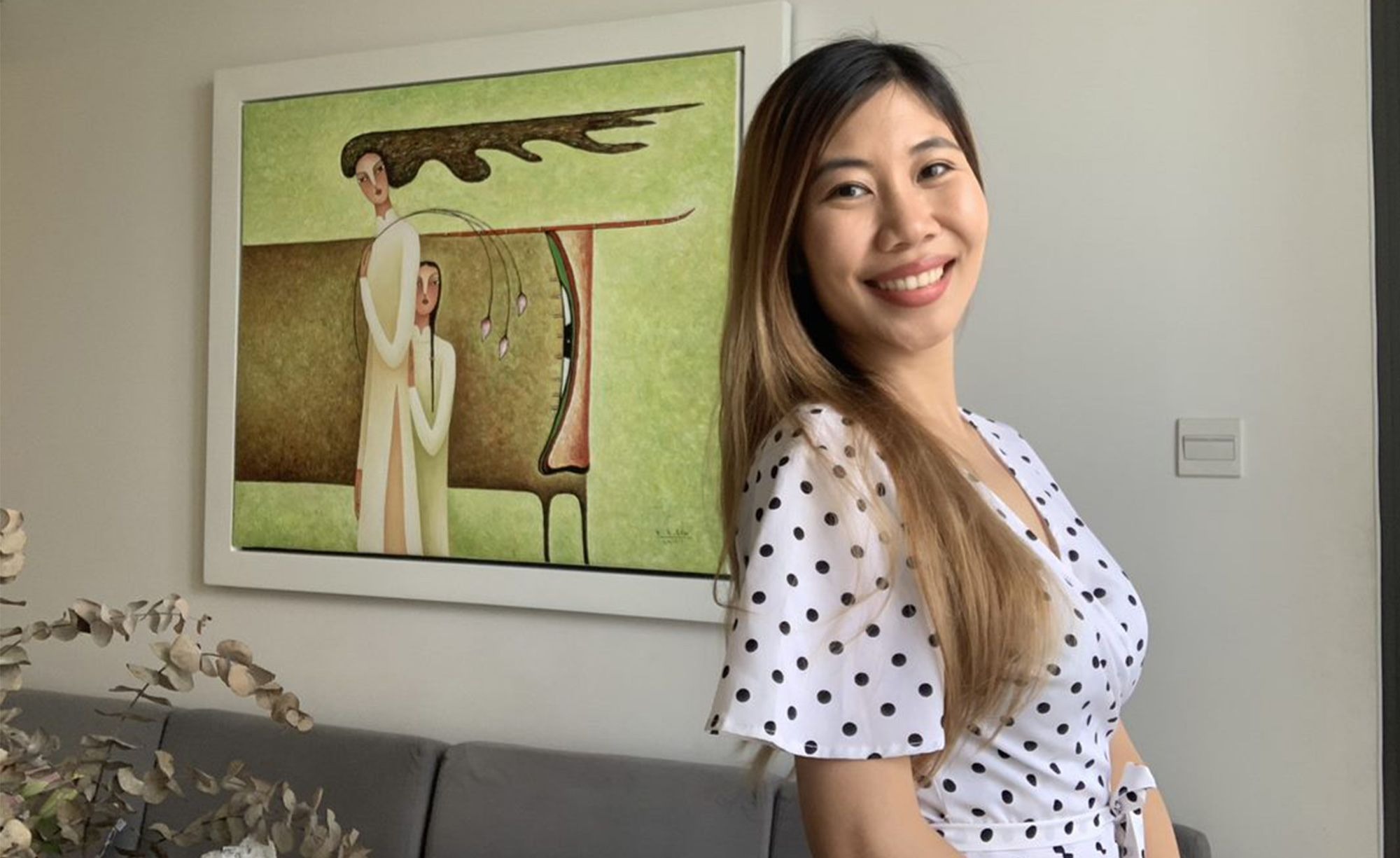
Phoebe Tran said: Studying abroad in the US is always the top choice of many Vietnamese students thanks to its high-quality education, diverse fields of study, and wide-open job opportunities. Photo: NVCC
School groups and costs of studying in the US
The US higher education system is diverse with different groups of schools, meeting the academic needs and financial capabilities of each student.
Private universities: Including the famous Ivy League schools and some other prominent names such as Stanford, MIT or University of Chicago... Top private universities provide a flexible, high-quality academic environment, with quite high tuition fees. Tuition costs (including accommodation, books) are around 80,000 - 90,000 USD/year.
However, many private schools have strong financial aid policies for international students. On average, top private universities for international students offer financial aid of $50,000 - $70,000/year.
Public Universities: Some prominent public universities are UC Berkeley, UCLA, or University of Michigan. These schools have tuition fees of about 30,000 - 70,000 USD/year, depending on the school's ranking. Public universities will mostly not provide financial aid to international students, and the scholarship resources of these schools are also very limited. Parents and students applying to public universities must be prepared to pay full tuition and study costs for 4 years.
Liberal Arts College: Focus on liberal arts education, suitable for students who want to study in many fields, such as Amherst, Williams College. The cost is about 50,000 - 90,000 USD/year, however, the financial support level of liberal arts colleges is also very high. If students want to study in small schools, have a lot of space to work directly with professors, and need a high level of financial support, this will be a reasonable choice.
Community College: An economical option, with tuition fees ranging from $5,000 to $10,000 per year. Students can transfer to major universities after 2 years of study.
Consulting on opportunities to win scholarships to study in the US
Studying in the US does not have to be expensive if students know how to find and prepare for scholarship and financial aid opportunities.
First, it is important to understand the difference between scholarships and financial aid. There are two types of aid: merit-based scholarships and financial aid. The school will evaluate the student’s application and if they see that the student is a good, competitive student, the school will give the student a scholarship even if the student did not request it to increase the chance that you will decide to study at the school.
Financial aid is need-based. The school will look at the cost of attending the school, subtract the amount the family can afford, and from there determine the number of students who need assistance, and the school will award the student this amount so that the student can attend.
Financial aid is also divided into two types, “need-blind” and “need-aware”. Need-blind: Admission is not based on financial ability. A student’s need for financial aid does not affect their ability to be admitted. Schools that apply need-blind include Harvard, Brown (from fall 2025), Princeton, Dartmouth, MIT, Amherst College, Bowdoin College, Pomona College. Students are strongly encouraged to apply for financial aid when applying to these schools.
Need-aware: A student's need for financial aid affects their chances of admission. Simply put, between two equally qualified students, the admissions committee may give priority to the student who needs less financial aid.
The question is what to do to get a scholarship or get good financial aid for US university?
There are no shortcuts, except for students needing to make an effort to build an outstanding and excellent profile. The admissions committee will consider granting scholarships right during the application process. And as mentioned above, schools will also consider whether the student is truly excellent or not when considering financial aid. So, what are the factors that create a profile that can conquer the hearts of the admissions committee?
According to the experience of Crimson Education - an organization specializing in consulting for studying abroad in the US, there are three main factors. Students start their journey early. The admissions committee will evaluate all the activities students do within four years, from grade 9 to grade 12. Therefore, they will know which students are "waiting until the last minute" and which students plan and execute early.
The profile tells a clear story: The mistake many students make when preparing their profile is to do the same thing that their friends do, which leads to the activities in the profile being disjointed and unconnected; the admissions committee, after reading it, only has a vague impression of the profile.
Instead, students need to determine early on what direction they want to follow, what kind of person they want to show the admissions committee. For example, if you want to tell the story of “I am a female student interested in STEM, and want to help other female students get into this field”, then your extracurricular activities must include projects to support female students in accessing computer science, and the subjects you choose must include Computer Science and Mathematics. If you want to tell the story of “I want to pursue Architecture to come up with designs that are resistant to natural disasters”, then your extracurricular profile must focus on architecture, the environment, and have awards related to this direction as well.
Get support from seniors: Finally, to increase the chances of success, students should seek support from people who are experienced in the field of studying abroad in the US.
"The year 2025 marks many changes in the trend of studying abroad in the US, requiring Vietnamese students to have careful preparation and a clear strategy. Choosing the right group of schools, considering costs and seizing scholarship opportunities will be the key to helping students realize their dream of studying abroad in the land of the stars and stripes," said Phoebe Tran.
Phoebe Tran is a " Hanoi girl" but when she was 4 years old, she lived with her family in the US, Canada and Switzerland. She received scholarships such as: ASEAN Scholarship (2003 - 2008) - a scholarship program sponsored by the Singapore Government for 9 Southeast Asian countries for secondary, high school and university education and scholarship from Micro Chemistry University (2008 - 2012).
Having studied in many countries with many certificates, the female MC returned to Vietnam in 2012 until now. Currently, in addition to hosting programs, Phoebe also does business and many other jobs related to culture, education...
Source: https://danviet.vn/nu-mc-biet-4-ngoai-ngu-cua-chuong-trinh-tieng-anh-hot-tren-vtv-nhieu-thay-doi-trong-xu-huong-du-hoc-my-2025-20241222105120898.htm




![[Photo] The Steering Committee of the 2025 Fall Fair checks the progress of the organization](https://vphoto.vietnam.vn/thumb/1200x675/vietnam/resource/IMAGE/2025/10/20/1760918203241_nam-5371-jpg.webp)



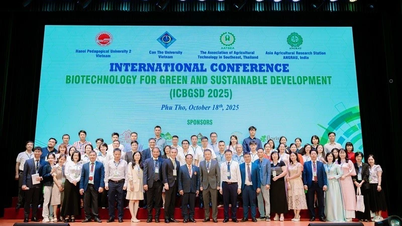

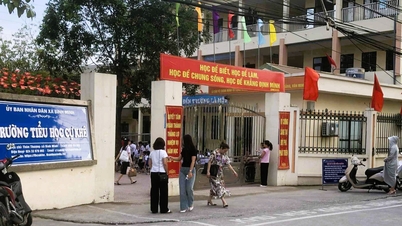

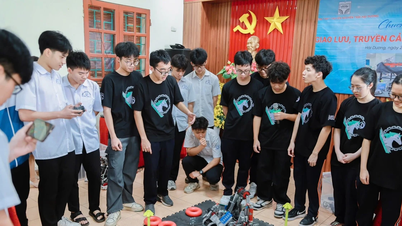
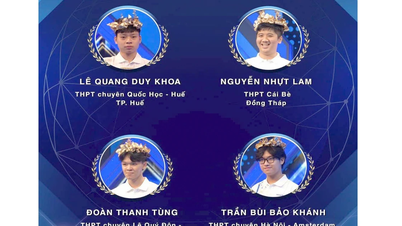

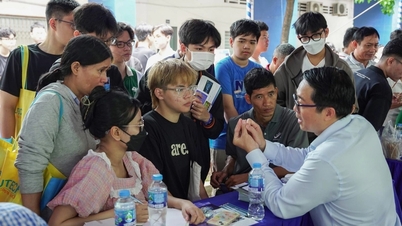







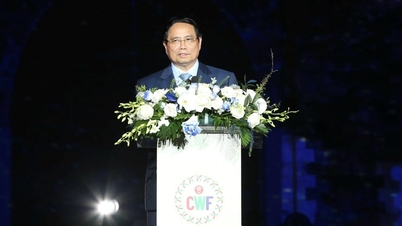










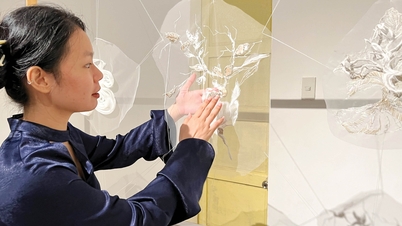

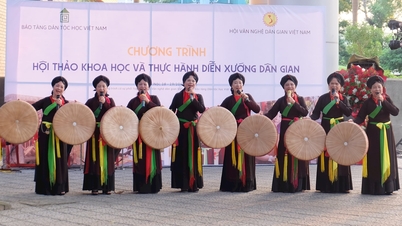





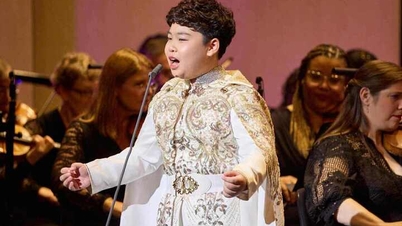


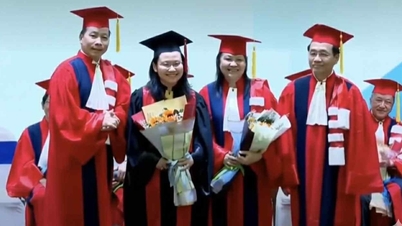


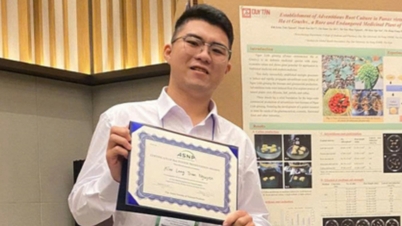
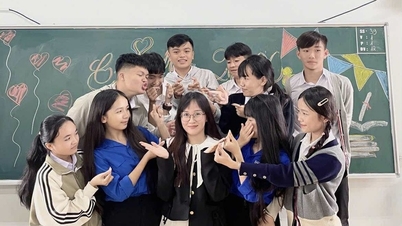
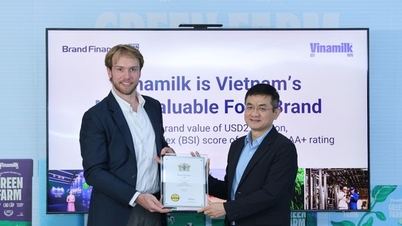



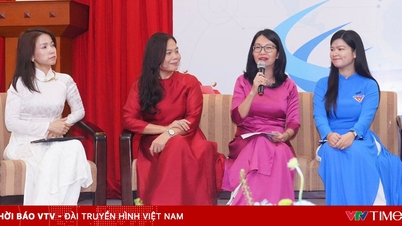















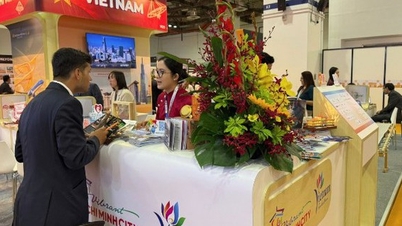

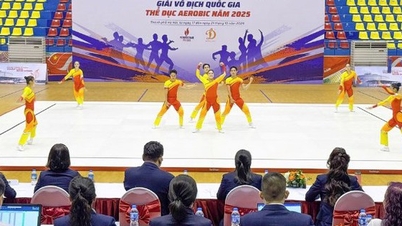

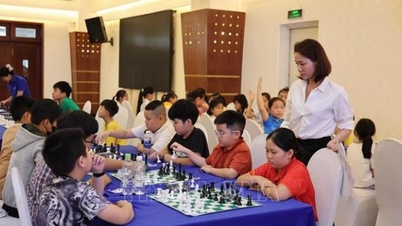






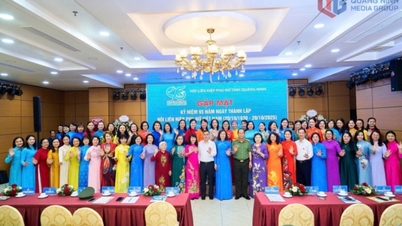










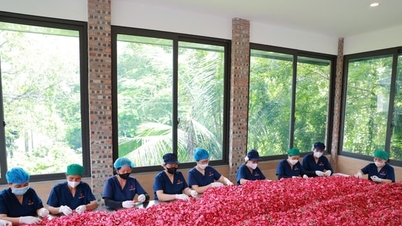










Comment (0)